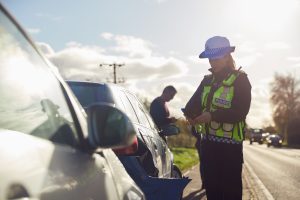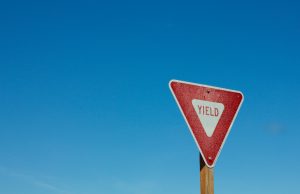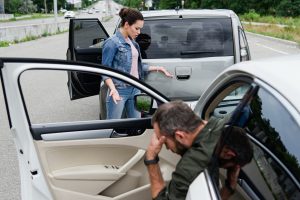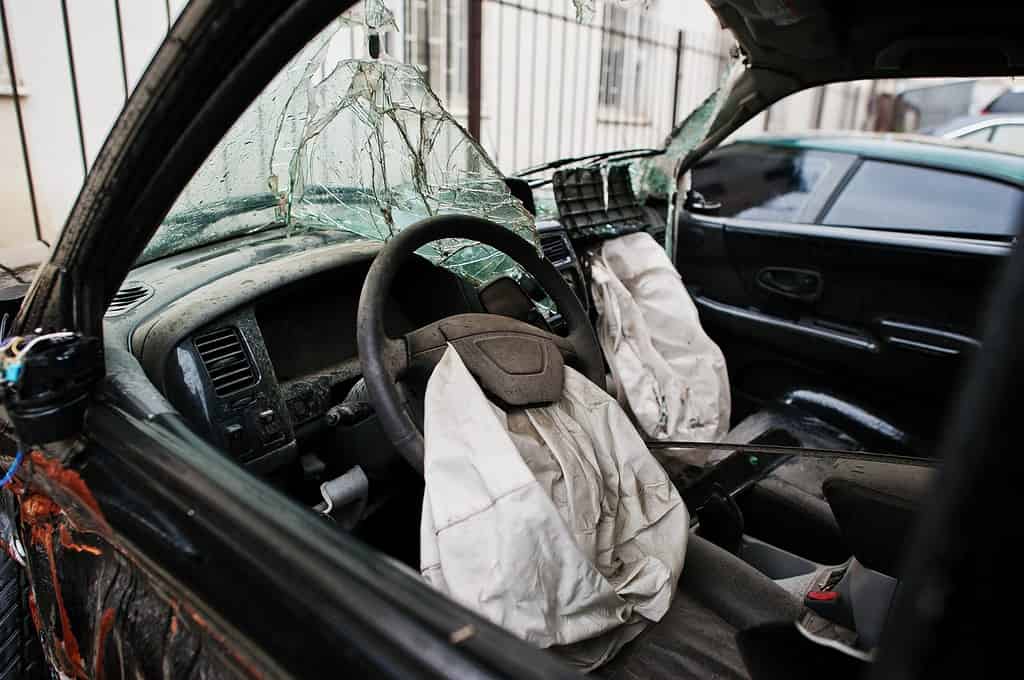A car accident is a traumatic event for all involved. It can leave people with physical injuries, emotional trauma, and in some cases, even death.
If you have been in an accident that was not your fault, it is essential to know what steps you should take to get the compensation you deserve from the other driver’s insurance company.
However, thorough investigations must be carried out before compensation to establish who was really at fault. This article discusses how to determine fault in a car accident.
Read on to find out everything you need to know.
What Does Common Law Say About Liability?
Under common law, the driver who was at fault in an accident is liable for any damages or injuries that result from the collision. This includes property damage, as well as physical and emotional injuries. In some cases, multiple people can be at fault for an accident.
For example, if one driver runs a red light and hits another driver making a left turn, both drivers would be at fault. In this case, each driver’s insurance company would likely pay for their own respective damages.
However, if only one driver is at fault, that driver’s insurance company would be responsible for all of the damages suffered by the other motorist.
What About No-Fault States?
A few states have what is known as a “no-fault” system when it comes to car accidents. In these states, each driver’s insurance company pays for their own policyholder’s damages, regardless of who was at fault.
Currently, there are 12 no-fault states:
- Florida
- Hawaii
- Kansas
- Kentucky
- Massachusetts
- Michigan
- Minnesota
- New Jersey
- New York
- North Dakota
- Pennsylvania
- Utah
If you live in one of these states, it is still essential to know how to determine who is at fault in a car accident. This is because there are some situations where you may be able to file a claim against the other driver’s insurance company, even in a no-fault state.
What Are the Different Methods for Investigating Who Is at Fault?
Different methods can be used to investigate who is at fault in a car accident. These methods can be used to help prove your case so you can get the compensation you deserve.
1. Eyewitness Accounts
If there are any eyewitnesses to the accident, their accounts can be extremely helpful in determining who was at fault. Be sure to get the contact information of any witnesses so their statements can be used as evidence.
Basically, eyewitnesses will give their accounts of what they saw and how the accident happened. This will help piece together what really happened.
2. Police Reports
Another method for investigating who was at fault in a car accident is to obtain a police report. In most cases, the police will respond to the scene of an accident and file a report.

This report will include information from the officers’ investigation and any statements from the drivers and witnesses. The report can be used as evidence in your case.
3. Accident Reconstruction
In some cases, an accident reconstruction may be needed to determine who was at fault. This is usually done when there is conflicting evidence, or it’s not clear who was at fault.
An accident reconstruction is basically a recreation of the accident. It takes into account things like the damage to the vehicles, skid marks, and the position of the vehicles after the collision.
All of this information is then used to create a report that can be used as evidence in your car accident case.
4. Car Accidents Involving Rear-End Collisions and Left Turns
Proving fault is relatively simple in “no doubt” liability cases, including left-turn impacts and rear-end collisions.
In a left-turn accident, the driver making the turn is almost always found at fault. This is because drivers are required to yield to oncoming traffic when making a left turn.
Rear-end collisions are usually the result of one driver following too closely or not paying attention to the road. The driver who rear-ended the other vehicle will be found at fault in most cases.
What Are the Different Factors That Can Be Used to Determine Fault in a Car Accident?
There are a few different factors that can be used to determine who is at fault in a car accident. These factors will be considered when investigating the accident and determining liability.
a) Speed
Speeding is one of the most common causes of car accidents. If you were involved in an accident where speed was a factor, the speeding driver will likely be found at fault.
This is because speeding makes it more challenging to control a vehicle and increases the severity of an accident. If you were hit by a speeding driver, you might be able to get compensation for your damages.
b) Failure to Yield
Another factor that can be used to determine who was at fault is whether or not a driver yielded the right of way. Drivers are required to yield the right of way to other drivers in certain situations.

For example, drivers must yield the right of way when making a left turn. If a driver fails to yield and collides with another vehicle, they will likely be at fault.
c) Drunk Driving
Drunk driving is another factor that can be used to determine who is at fault in a car accident. If a driver is drunk, their ability to operate a vehicle safely is impaired.
This increases the risk of an accident happening. If you were hit by a drunk driver, you might be able to get compensation for your damages.
What If Both Drivers Are at Fault?
There are some cases where both drivers may be found at fault for an accident. This is known as “shared fault” or “comparative negligence.”
In these cases, each driver’s degree of fault will be determined. This will then be used to determine how much each driver is liable for.

For example, if driver A is found to be 50% at fault and driver B is found to be 50% at fault, each driver would be responsible for half of the damages.
If you have been involved in an accident where both drivers are at fault, you may still be able to get compensation for your damages if your degree of fault is less than 50%.
How To Tell Who Is At Fault In a Car Accident – Seek Legal Help!
If you’ve been involved in a car accident, it’s essential to contact an experienced car accident attorney. An attorney can help you investigate the accident and determine who was at fault. They can also help you get the compensation you deserve.
At Legal Giant, we have a team of experienced car accident attorneys ready to help you with your case. Contact us today for a free, no-obligation review of your case.

